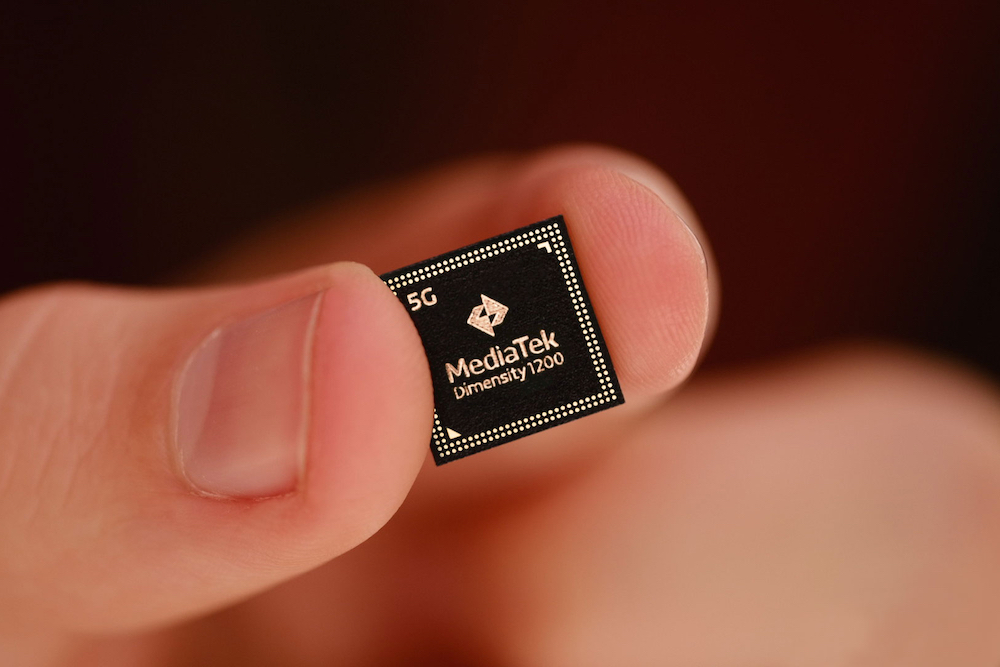MediaTek has announced two new additions to its 5G mobile processor range, the Dimensity 1200 and the Dimensity 1100, which though an impressive series of spec upgrades, may help the company’s chips find their way into more high-end smartphones very soon. MediaTek powers many smart home products, from Amazon’s Echo hardware to the majority of smart TVs available, and a growing number of capable smartphones, but is not as well known as Qualcomm in the world of high-end flagship mobile hardware.

The Dimensity 1200 could change that. Built using a 6nm process, the octa-core Dimensity 1200 uses an ultra-core Arm Cortex A78, three super-core Arm Cortex A78, and four Arm Cortex A55 cores, with a Sub-6 5G modem built-in, a nine-core GPU, and an updated six-core APU for artificial intelligence duties which provides a 10% performance upgrade over previous versions.
The photographic ability is the standout new feature, with the chip’s five-core HDR-ISP handling single cameras with up to 200-megapixels, and 4K HDR video recording. On the display side, the Dimensity 1200 supports QHD+ resolutions at a 90Hz refresh rate, or FHD+ resolutions at up to 168Hz. Wi-Fi 6 and Bluetooth 5.2 are among the connectivity features.
The Dimensity 1100 is similar, but replaces the ultra-core Cortex A78 with a standard A78, joining three others and four Cortex A55 cores. The chip is still built using a 6nm process, has a 5G modem, and the updated APU. The specs are slightly more modest, with support for a single 108MP camera, and a maximum 144Hz refresh rate on FHD+ resolution screens.

MediaTek says the first smartphones with the Dimensity 1200 and 1100 chips inside will arrive beginning around the end of March and the start of April, with Xiaomi, Realme, Oppo, and Vivo all apparently expressing interest in the processors. This does mean an early release in the U.S. is unlikely, with none of these manufacturers officially selling smartphones in North America. However, all of them do sell devices officially in Europe, and most in the U.K. too.
MediaTek did strike a deal with LG and T-Mobile to power the carrier’s own LG Velvet smartphone with a Dimensity 1000 recently, so while no announcements for the U.S. have come yet, it doesn’t mean we won’t see a Dimensity 1200 phone in the future.



